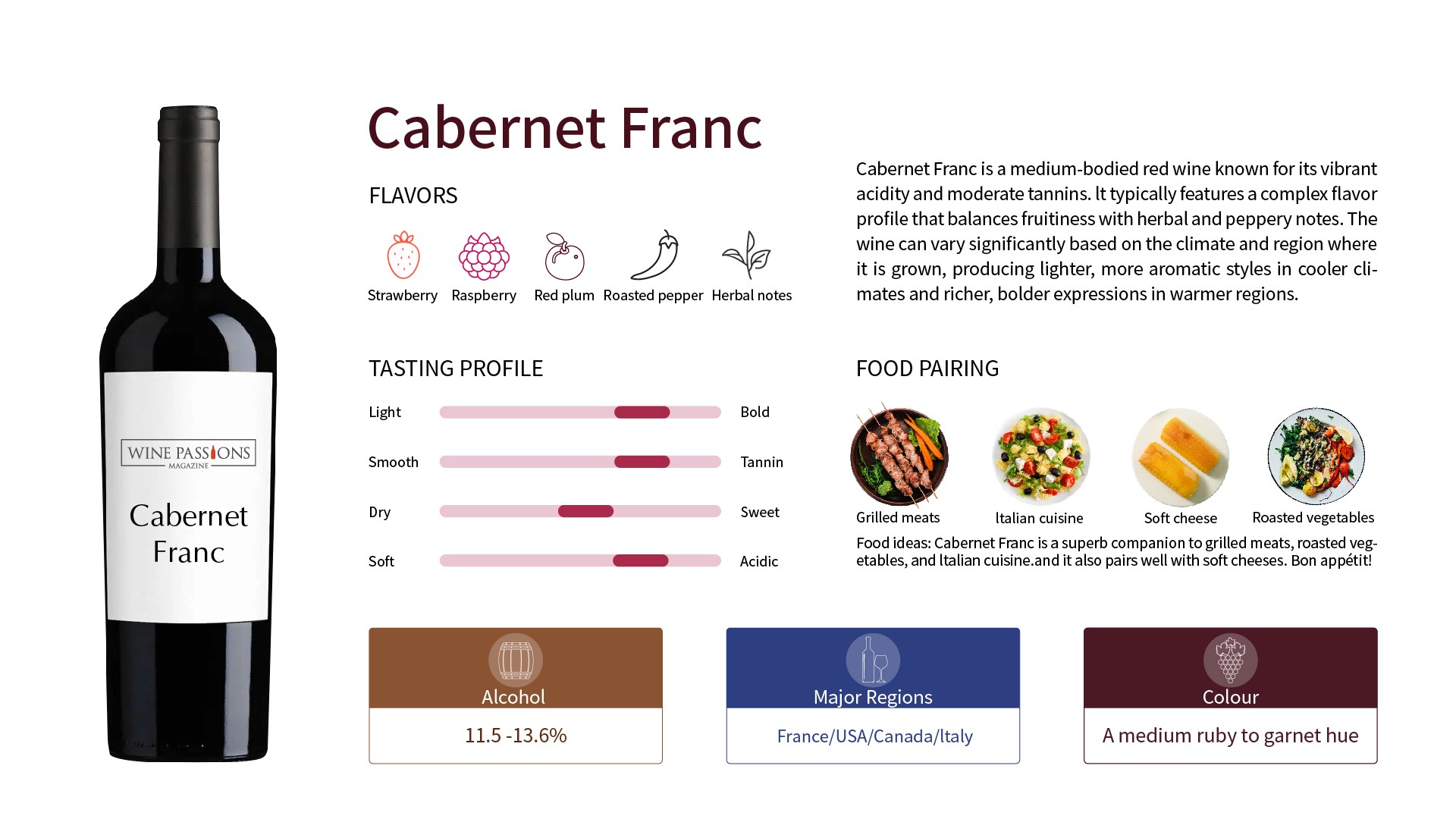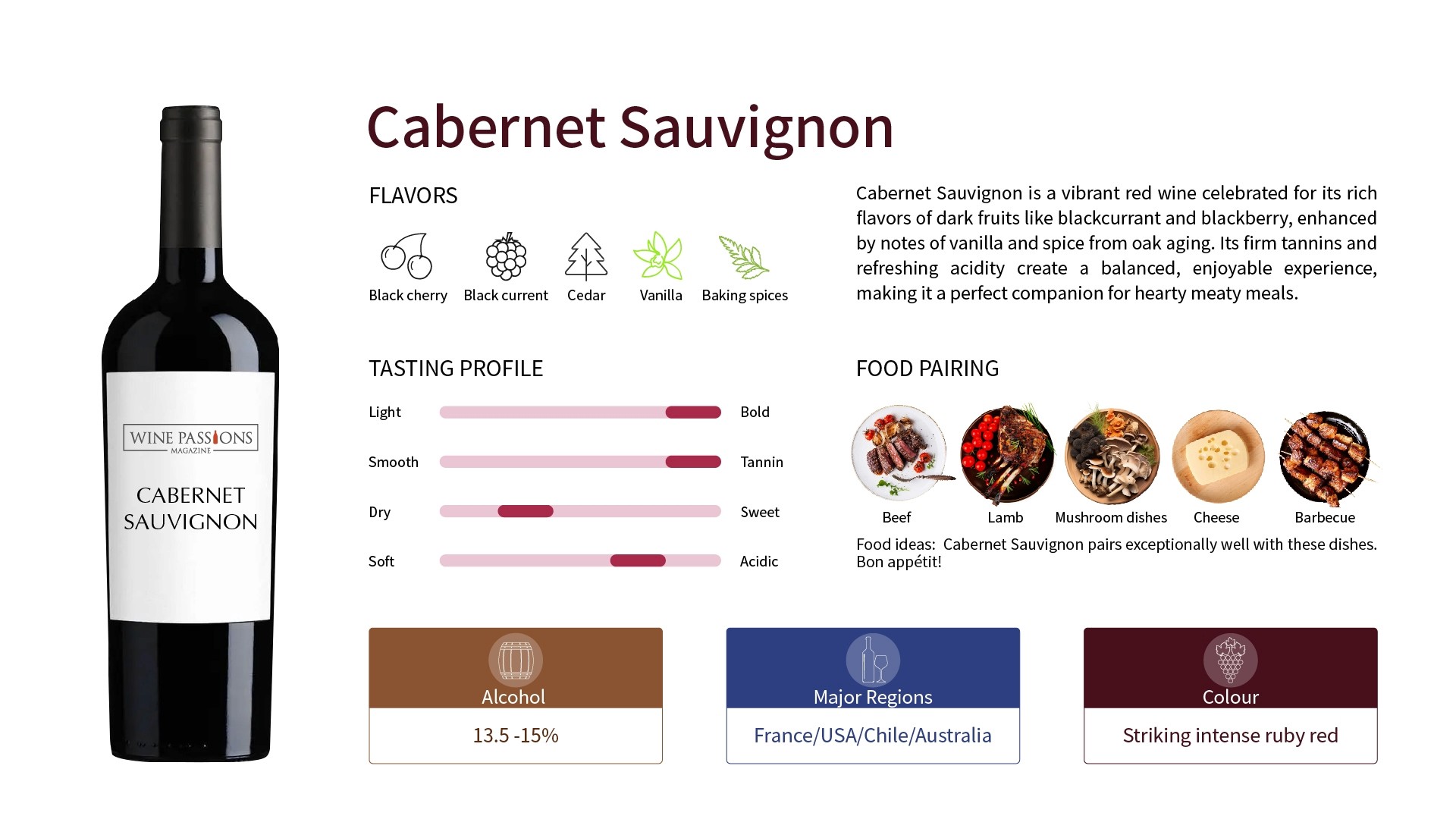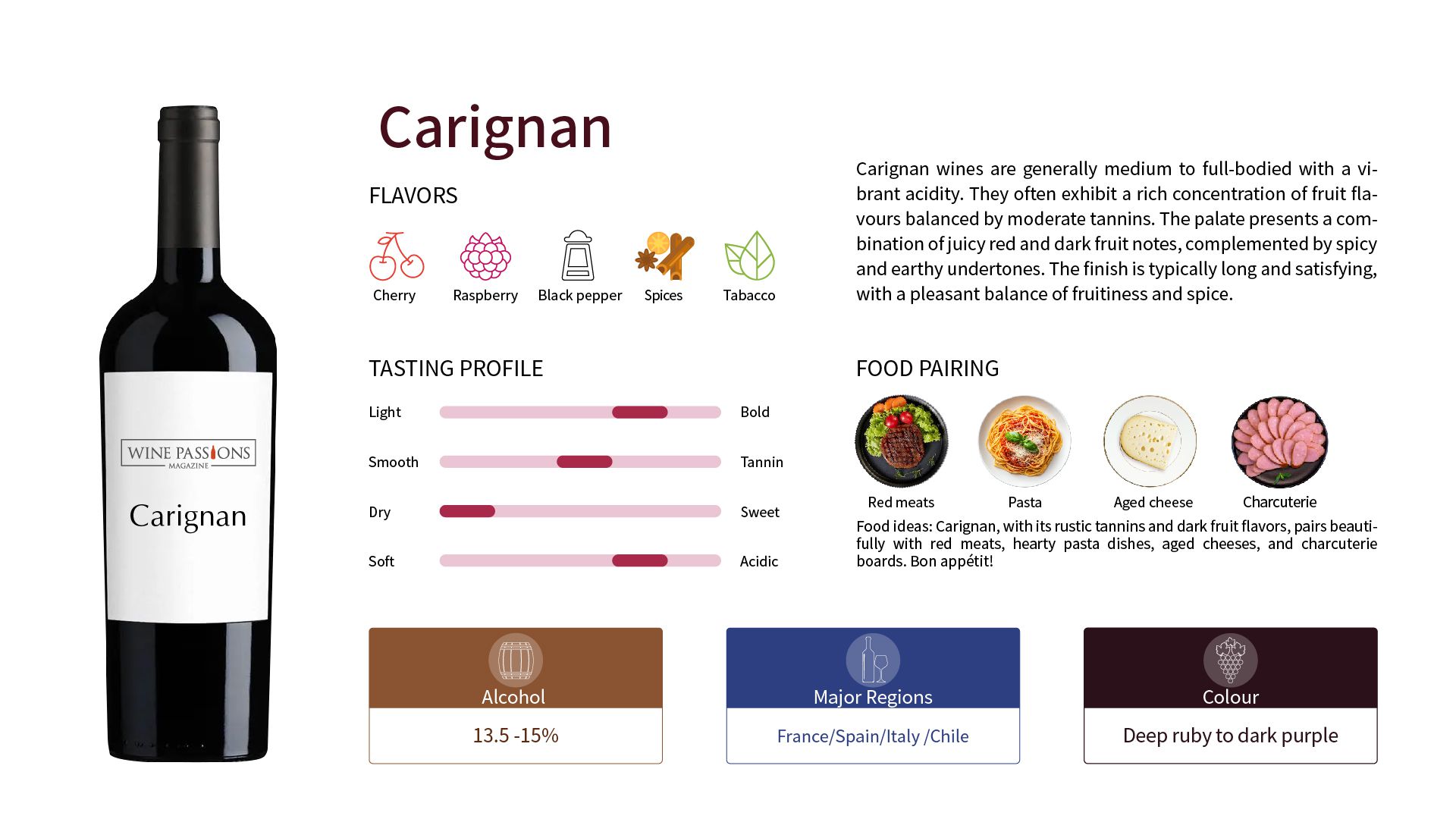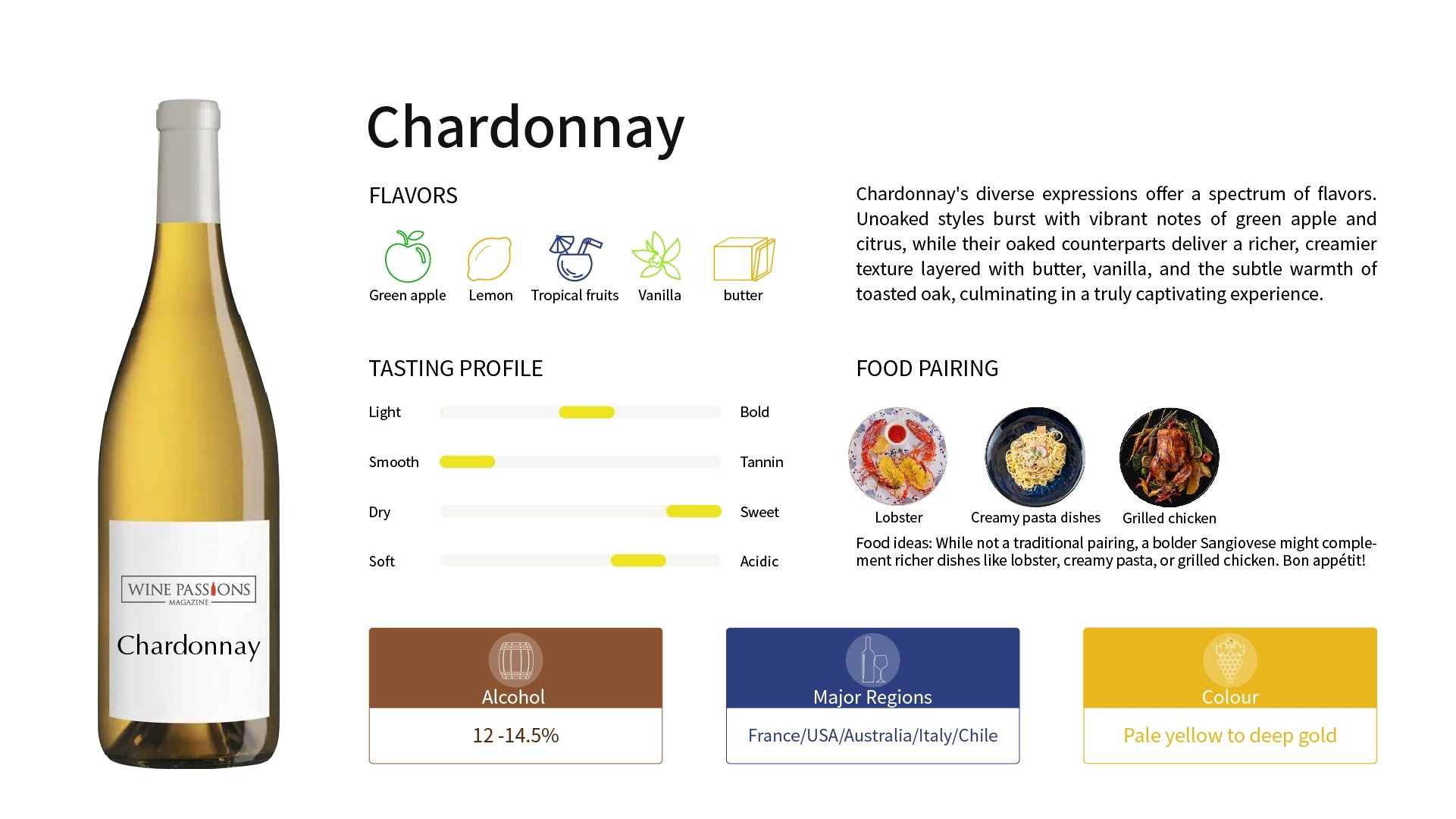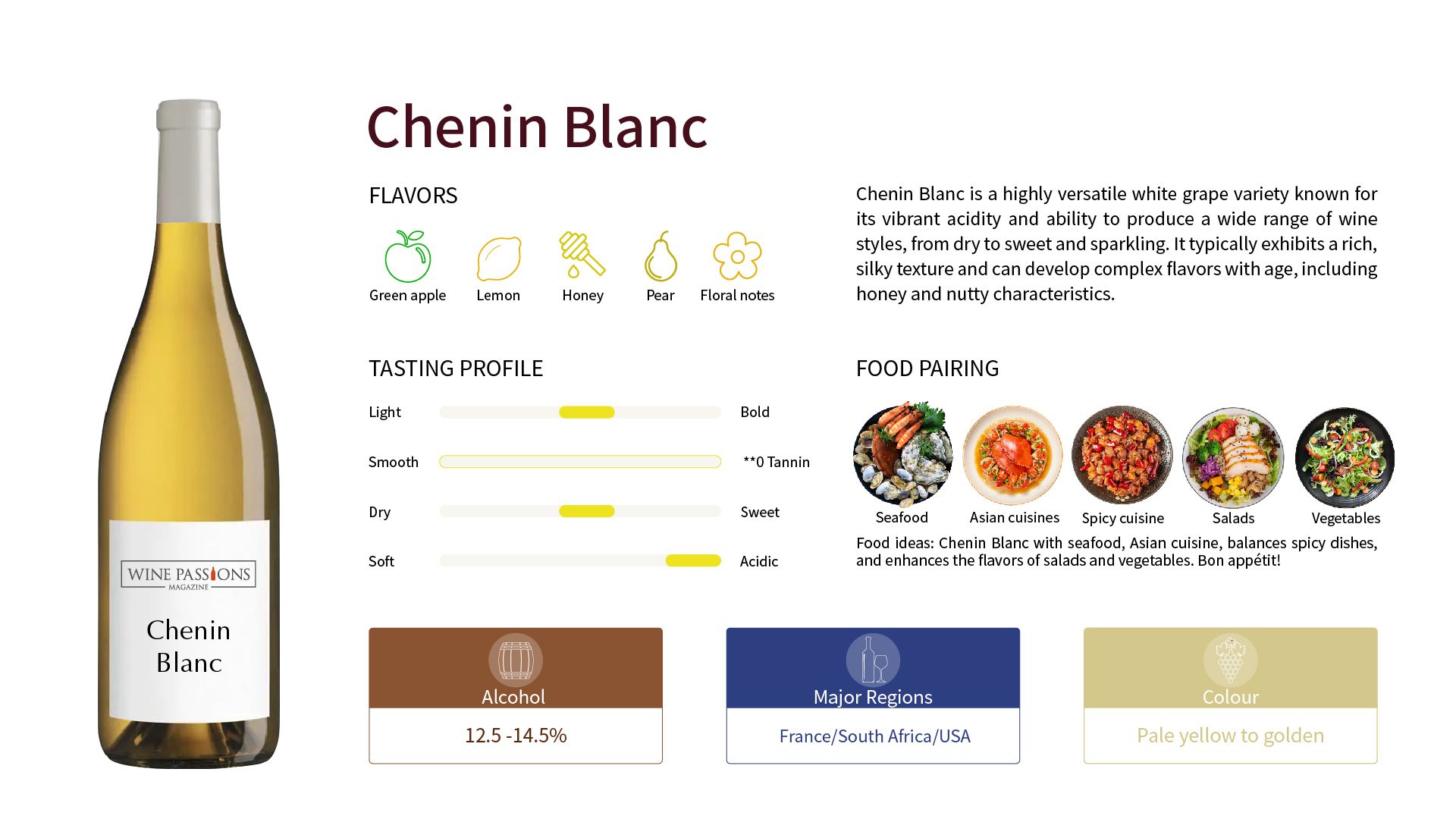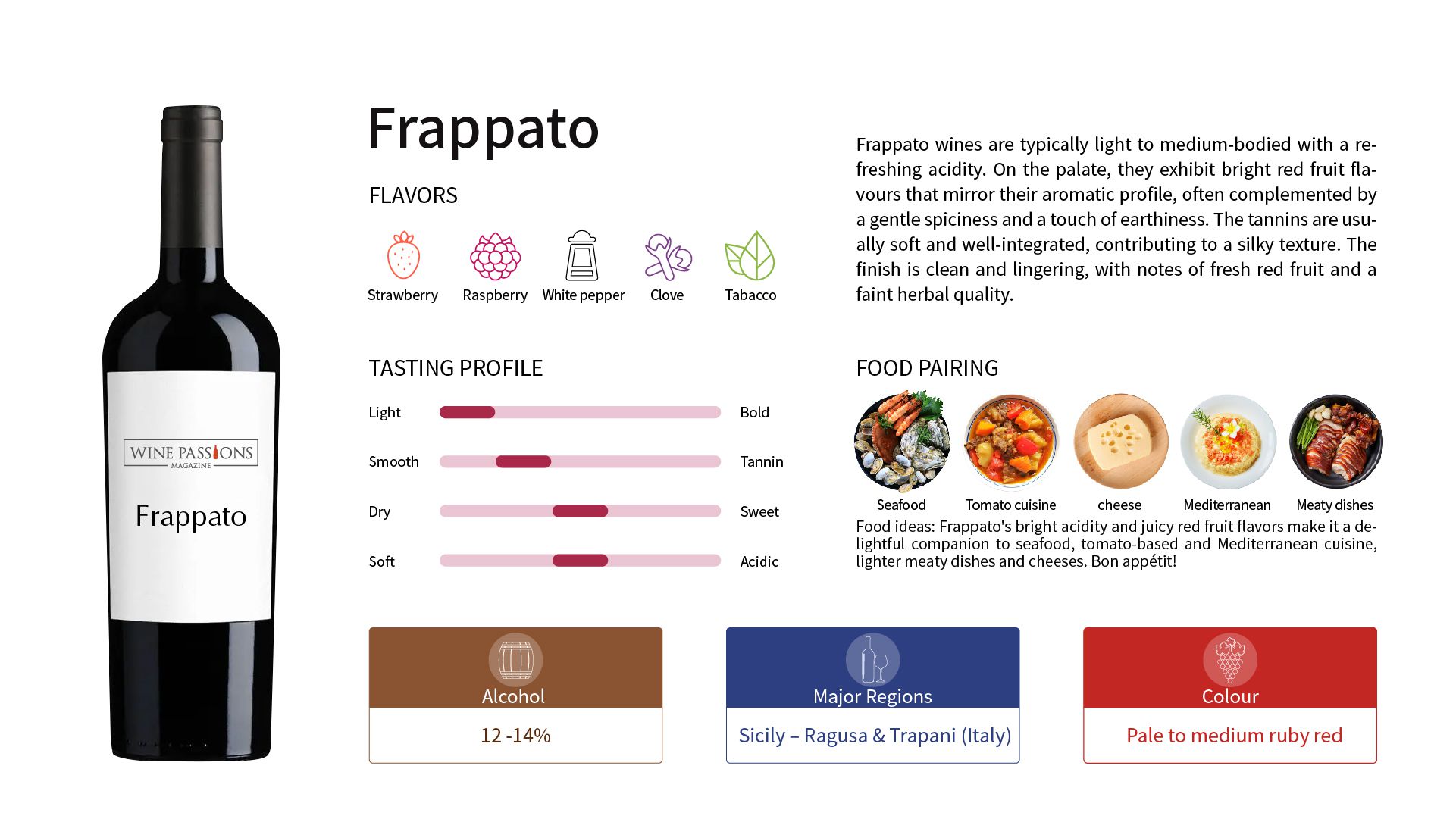Cabernet Franc
Background and Origin
The history of Mencía can be traced back to the Middle Ages, possibly introduced to Spain by the Romans. This grape was initially used to produce simple, everyday table wine, and due to the effects of phylloxera at the end of the 19th century and the beginning of the 20th, many vineyards were devastated, leading to a reduction in the area cultivated with Mencía. However, with the winemakers' renewed appreciation of this variety's potential, particularly in the Bierzo region, Mencía began to experience a revival.
Restoration of Old Vines: Many winemakers began to focus on restoring abandoned old vines, which typically grow in poor soils, allowing Mencía to showcase higher quality and deeper flavor complexity.
Climate and Soil: Mencía thrives in cool, high-altitude climates, and the diversity of soils (such as slate and granite) provides unique mineral flavors. These factors together enhance the quality of the variety.
International Recognition: Today, Mencía has become one of the most popular red grape varieties in Spain, attracting attention in international markets for its unique flavors.
Reasons for Popularity
Unique Flavor Characteristics: Mencía is known for its distinct red fruit flavors (such as red cherry, blackberry, and pomegranate), along with floral and mineral notes. These unique flavors set it apart among many red wines.
Good Acidity and Balance: Mencía has a higher acidity, giving it a fresh and balanced palate that pairs well with a variety of cuisines. Its smooth tannins also make it easy to drink, showcasing good flavor even when young.
Aging Potential: While many Mencía wines are quite delicious when young, some bottles from old vines or carefully crafted Mencía wines have good aging potential, developing more complex flavor layers over time.
Diverse Winemaking Styles: Mencía can exhibit a variety of styles depending on the winemaker's techniques and philosophies, including rich fruitiness, solid structure, and hints of spice and herbs, making each Mencía unique.
Strong Adaptability: Mencía has good adaptability to different soil types and climate conditions, allowing it to develop and show different characteristics in various regions (such as Spain and Portugal).
Flavor Characteristics
Fruit Aroma: Typically displays bright red fruit aromas, such as red cherry, blackberry, black cherry, and pomegranate.
Spice: In certain wines, notes of black pepper, cinnamon, and other spices can be felt. These increase with aging, making the body richer.
Palate: Has a medium body, good acidity, and balance, with smooth tannins that are not overly strong.
Main Production Areas
Mencía is a red grape variety from Spain, primarily grown in the northwestern regions, especially in Bierzo, Ribeira Sacra, Valdeorras, and Portugal's Dão region. Each of these areas has its distinctive characteristics, offering unique backgrounds for Mencía’s flavors and qualities.
1. Bierzo
Bierzo is one of the most renowned areas for Mencía, known for its high altitude, old vines, and unique soils.
Geography and Climate: Bierzo is located in the northwest corner of the Castilla y León province in Spain, featuring a cool climate and diverse terrain. The vineyards are typically situated at altitudes of 450 to 1,000 meters, helping to maintain the freshness and acidity of the grapes.
Soil Characteristics: The soils in Bierzo are primarily composed of slate, granite, and clay, which effectively drain and retain heat, facilitating Mencía grapes’ ripening. These soil types confer unique mineral flavors to the wines.
Winemaking Style: In Bierzo, Mencía wines usually showcase rich red fruit flavors such as cherry, blackberry, and pomegranate, along with floral notes and earthy aromas. Many wineries choose to age their wines in oak barrels to enhance spice and complexity, resulting in wines with greater depth.
2. Ribeira Sacra
Ribeira Sacra is known for its small vineyards on steep slopes, producing Mencía with elegant structure and rich mineral flavors.
Geographical Environment: This area is located in central Galicia, extending along the banks of the Miño and Sil rivers. Its unique terrain means most vineyards are situated on steep hillsides, allowing grapes to absorb ample sunlight and maintain good drainage.
Sub-Regions: Ribeira Sacra is divided into five sub-regions: Amandi, Chantada, Quiroga-Bibei, Ribeiras do Miño, and Ribeiras do Sil. Each sub-region has its own unique climatic conditions and soil characteristics, leading to variations in the flavor of the produced Mencía.
Flavor Characteristics: Mencía from Ribeira Sacra typically exhibits high acidity, delicate floral notes, and aromas of ripe red fruits like red cherry and raspberry. These wines often deliver a fresh palate and elegant structure, ideally paired with various cuisines.
3. Valdeorras
Valdeorras is known for its light and fresh Mencía, exhibiting bright fruit flavors and floral notes.
Climate and Soil: Valdeorras is located in eastern Galicia, featuring a warmer climate. The soils here are primarily granite, aiding in grape ripening and freshness.
Winemaking Features: In Valdeorras, Mencía typically presents bright and fresh red fruit flavors such as strawberry, raspberry, and cherry. These wines are usually lighter and easy to drink, suitable for enjoying when young.
Pairing Suggestions: Mencía from Valdeorras pairs excellently with light dishes, like salads, seafood, or white meat dishes, as its refreshing palate balances the fats and richness of the food.
4. Portugal (Dão Region)
In Portugal, Mencía is known as Jaen and is primarily found in the Dão region, renowned for producing high-quality red wines.
Historical Background: Jaen has a long cultivation history in the Dão region, making it one of the most important red grape varieties locally. The area's unique climate and soil conditions allow Jaen to showcase a style distinct from Spanish Mencía.
Flavor Characteristics: Jaen produced in the Dão region typically has rich aromas of red fruits like blackberry, blueberry, and cherry, complemented by herbal and spicy notes. These wines are usually well-structured with moderate acidity, making them highly suitable for aging.
Pairing Suggestions: Jaen pairs very well with pork, chicken, and some spicy dishes, as its smooth tannins and good acidity balance various flavors.
Famous Mencía Wine
1. Descendientes de J. Palacios Pétalos
Originating from the Bierzo region, it is renowned for its rich fruit aroma, elegant structure, and good aging potential. This wine is made from 92% Mencía, complemented by a small amount of other local varieties, ensuring concentrated and layered fruit from the low yields of old vines.
2. Bodegas Losada Mencia
This winery focuses on traditional winemaking techniques, and its Mencía showcases deep and complex flavors, making it an excellent choice to explore this variety. Losada Vinos de Finca is dedicated to producing high-quality Mencía, and its wines have won numerous awards in international competitions.
3. Alvaro Palacios La Faraona
This limited edition Mencía from Bierzo is known for its exceptional quality and high ratings, making it a dream choice for collectors. La Faraona is one of the most representative wines under Descendientes de J. Palacios, having won many awards for its complexity and depth.
Tasting Notes
Tasting Temperature: Recommended at 13-16°C
Tasting Glass: Red wine glass
Aeration Time: Over 60 minutes
Aging Potential: 5-20 years
Food Pairing
Mencía is well-suited to pair with various dishes due to its acidity, tannins, and fruit characteristics, including:
Grilled meats: such as pork, lamb, or steak
Spanish tapas: such as ham, Chorizo, prosciutto, etc.
Mediterranean cuisine: such as grilled fish or vegetables
Vegetable dishes: such as mushroom risotto or roasted root vegetables
Aged cheeses: such as Manchego, Sharp Cheddar, etc.




